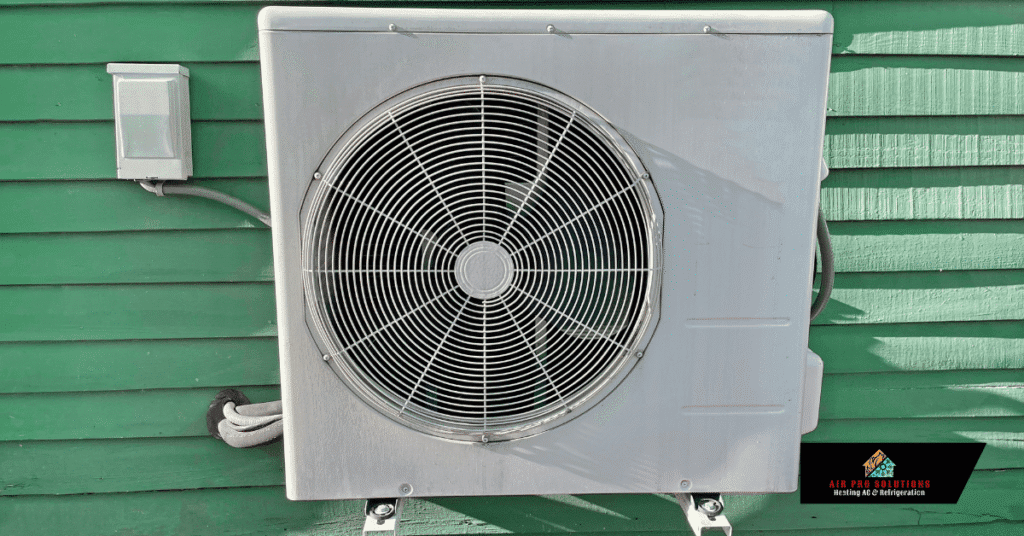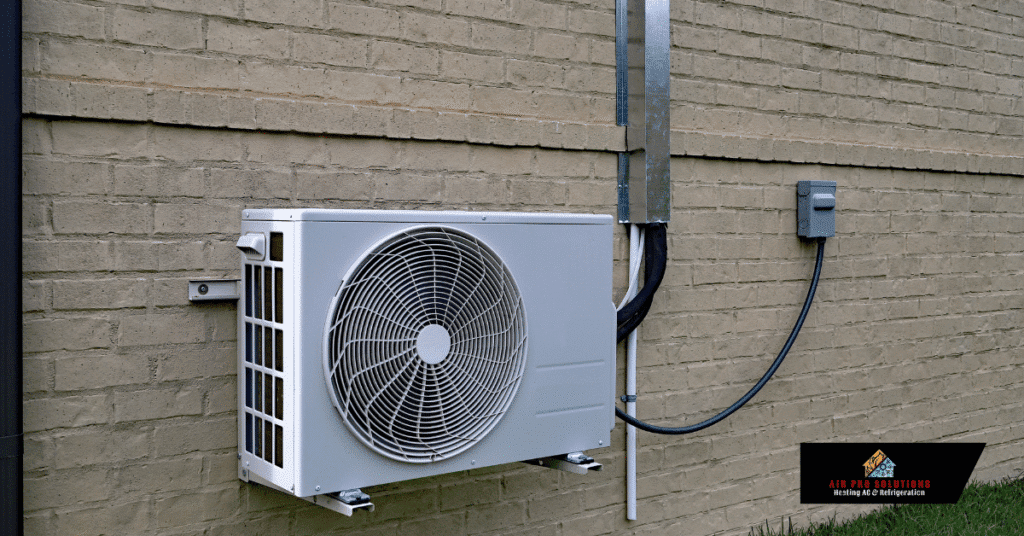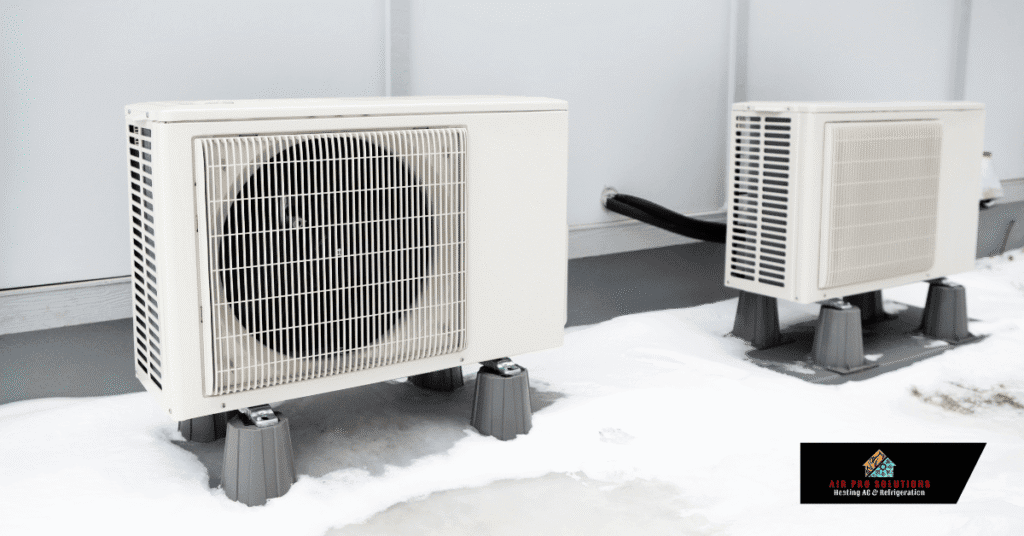Ductless mini-split systems are becoming one of the most reliable heating and cooling options for homeowners. Unlike traditional HVAC systems that rely on bulky ductwork, a ductless system delivers comfort directly into each room through sleek indoor units.
Their popularity has grown in places like Auburn, WA, where households face chilly winters and warm summers, making year-round heating and cooling a necessity. This article highlights the advantages and disadvantages of mini split systems and helps you determine if they are the right comfort solution for your home.
What is a Ductless Mini-Split System?
A ductless mini-split system is a type of HVAC system made up of two main components:
- Indoor unit – Mounted high on walls or ceilings to provide heating and cooling directly into the space.
- Outdoor unit – The compressor that powers the system.
Unlike traditional ducted systems that circulate conditioned air throughout your home, ductless mini-splits avoid ductwork and deliver cool or warm air directly into each zone. This makes ductless systems practical for older homes without ducts, additions, basements, and attics.
For Auburn homeowners, ductless mini split systems are especially attractive due to their energy efficiency and ability to reduce energy consumption while improving indoor air quality.
Pros and Cons of Mini Split Systems
Pros of Ductless Mini-Split Systems
Energy Efficiency and Lower Bills
Ductless systems are known for their higher efficiency. Traditional HVAC systems often lose energy through ducts, but ductless ac units eliminate this issue. Many ductless mini split systems offer high SEER ratings and use inverter technology, which adjusts heating and cooling output gradually instead of starting and stopping frequently.
This not only provides heating and cooling more efficiently but also leads to energy savings that can lower monthly bills for homeowners.
Simple Installation Process
Installing new ductwork in older homes is costly. Ductless mini-split installation is simpler: a small opening connects the indoor unit with the outdoor unit. Installation is often completed in a single day, with less disruption compared to traditional HVAC system installation or repair.
Flexible Zoning and Comfort
Mini-split systems allow zoning, which means each indoor unit can be controlled separately. Homeowners can:
- Cool bedrooms at night without cooling the whole house.
- Provide heating to basements or garages without wasting energy elsewhere.
- Customize comfort for each family member.
This zoning feature makes ductless mini-splits an ideal heating and cooling system for homes with unique layouts.

Better Indoor Air Quality
Traditional ducted systems collect dust and allergens. A ductless mini-split system helps improve indoor air quality by eliminating ductwork and using advanced air filters. Cleaning these filters is easier than scheduling duct cleaning, making ductless heating and cooling systems healthier for families.
Quiet Operation
Ductless air conditioning systems are designed for low noise. Indoor units run quietly, making them a good choice for bedrooms, nurseries, and offices.
Cons of Ductless Mini-Split Systems
Higher Upfront Cost
One disadvantage of mini split systems is the upfront cost. Installing multiple indoor units can be expensive in larger homes. However, the energy efficiency of ductless HVAC systems often balances out long-term costs.
Aesthetic Considerations
Unlike vents in central air systems, ductless indoor units are visible. While modern designs are sleek, some homeowners may find them less appealing.
Regular Cleaning and Maintenance
Filters in ductless systems require regular cleaning. Homeowners should wash filters every few weeks and schedule professional repair or maintenance at least once a year. Neglecting cleaning and servicing can reduce efficiency and shorten the life of the system.
Limited Effectiveness in Very Large Homes
For very large spaces, a central HVAC system may still be better suited. Installing a ductless mini split system in every room can become expensive and impractical.

Comparing Ductless vs Central HVAC Systems
| Factor | Ductless Mini-Split System | Central HVAC System |
| Installation | Easier, no ductwork needed | Requires ductwork installation |
| Energy Efficiency | High, no duct losses | Moderate, ducts may leak |
| Cost | Higher upfront, lower long-term bills | Lower upfront, higher monthly bills |
| Air Quality | Cleaner, fewer allergens | Ducts collect dust and pollen |
| Maintenance | Frequent filter cleaning, repair if needed | Duct cleaning less often |
| Best For | Zoned heating and cooling in each room | Whole-home comfort with one system |
Who Should Consider a Ductless Mini-Split?
A ductless mini split is ideal for:
- Homes without ductwork.
- Older homes needing supplemental heating and cooling.
- Families who want zoned comfort.
- Homeowners looking for energy savings.
If you want to avoid the high cost of installing ducts and prefer flexible comfort, consider a ductless mini split ac system.
Local Insight – Auburn, WA
In Auburn, WA, homeowners face diverse weather patterns. Many older homes lack ductwork, making ductless heating and cooling systems a natural choice. Air Pro Solutions has helped many local homeowners upgrade with ductless systems, providing comfort and efficiency tailored to Auburn’s climate.
Why Professional Installation Matters
Even though ductless mini-splits are easier to install than ducted systems, professional installation is crucial. Certified technicians ensure the system is properly sized, the indoor and outdoor units are placed correctly, and refrigerant handling is safe.
Professional installation, cleaning, and periodic repair extend the life of the system and maintain comfort throughout the year.

Conclusion
Ductless mini-split systems provide heating and cooling solutions with clear advantages: efficiency, zoning, comfort, and better air quality. But they also come with disadvantages such as higher upfront cost, regular cleaning, and visible units.
For Auburn homeowners, a ductless mini-split system may be the right investment if you want reliable comfort and long-term energy efficiency compared to traditional HVAC systems.















